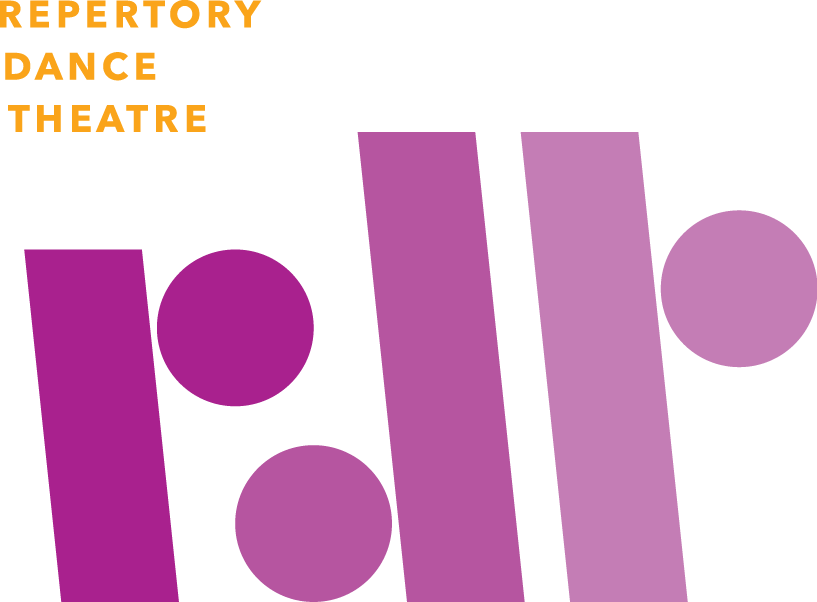Lar Lubovitch is one of America’s most versatile, popular, and widely seen choreographers. Based in New York City, Lubovitch’s company has performed throughout the world, and his dances have also been performed by many other major companies, including American Ballet Theater, Joffrey Ballet, New York City Ballet, Paris Opera Ballet, Royal Danish Ballet, 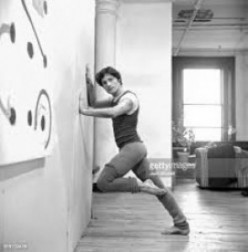 San Francisco Ballet, Alvin Ailey American Dance Theater, and many others. His dances are renowned for their musicality, rhapsodic style, and sophisticated formal structures. His radiant, highly technical choreography and deeply humanistic voice have been acclaimed worldwide.
San Francisco Ballet, Alvin Ailey American Dance Theater, and many others. His dances are renowned for their musicality, rhapsodic style, and sophisticated formal structures. His radiant, highly technical choreography and deeply humanistic voice have been acclaimed worldwide.
The NYTimes has said that "Lubovitch choreographs the kind of movement that can make an audience sway in involuntary sympathy."
His choreography has been called “Hypnotic dance exploring humanity and togetherness, celebrating the individuals place in the community with joyous movement, interconnectedness, and lush seamless transitions that leave one breathless.
Did You Know?
That Lar Lubovitch choreographed for the following genres?
THE COMPANY. The Lar Lubovitch Dance Company is internationally renowned as one of the world's best dance companies. Founded in 1968, the company is celebrated for both its choreographic excellence and its unsurpassed dancing, the company has created more than 110 new dances and performed before millions throughout the United States and in more than 40 foreign countries.
FILM. His dances on film include Othello (broadcast throughout the U.S. on PBS’s “Great Performances” and nominated for an Emmy Award), Fandango (winner of an International Emmy Award) and My Funny Valentine for the Robert Altman film The Company (for which Lubovitch was nominated for an American Choreography Award).
ICE DANCING. Lubovitch has also made a notable contribution to choreography in the field of ice-dancing, having created concert dances for Olympic skaters John Curry, Dorothy Hamill, Peggy Fleming, Brian Orser, JoJo Starbuck, and Paul Wylie, as well as two one-hour ice-dances for television: The Sleeping Beauty (PBS) and The Planets (A&E) (nominated for an International Emmy Award, a Cable Ace Award and a Grammy Award).
BROADWAY. His work on Broadway includes Into the Woods (Tony Award nomination), The Red Shoes (Astaire Award) and the Tony Award-winning revival of The King and I.
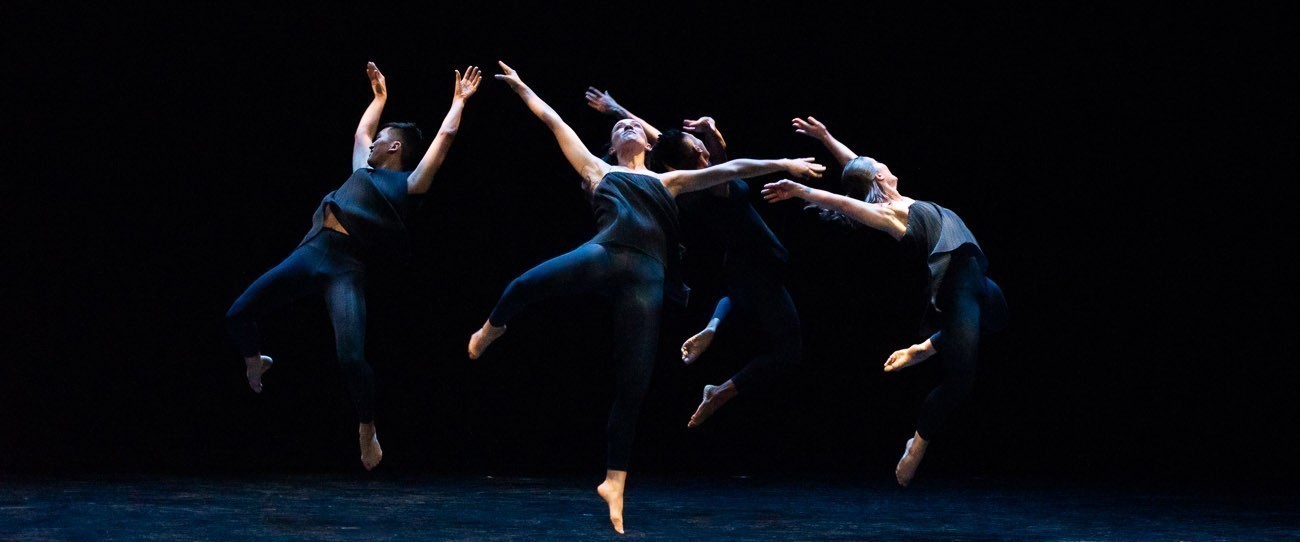
RDT Dancer, Megan O'Brien says of learning North Star: Some of the rewards of learning/getting to perform North Star is the difficulty of some of the sections. Like Marimba there is an aspect of teamwork, especially because in the very first section we are practically connected to each other in a physical way the whole time. You are not really managing just your own body but it's like one big partnering section. I got the wonderful opportunity to perform in the arms quartet. It was very rewarding once we learned it all and were able to make it all the way through without messing up. There are some tricky lifts and dizzying partner work that started as a big challenge, and I believe we’ve really risen to that challenge and seen great improvement as we’ve rehearsed.
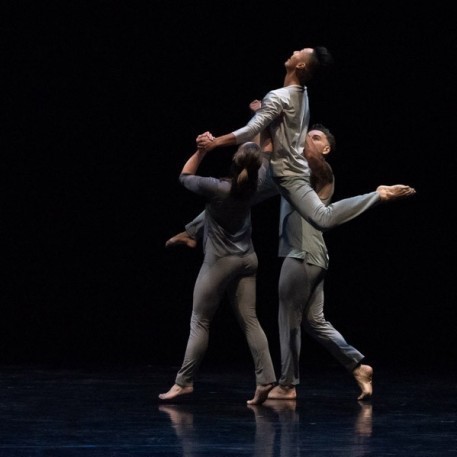 RDT Dancer Jonathan Kim says of Lar's work: In all three of Lar Lubovitch's works, I find myself caught in the swoop and swirl of the movement. While challenging to find that line between control and abandonment, there is always a sense of giving and engaging with space and the fellow dancers around me. It is easy to simply focus on the steps, but the collection and connection of energy the dancers create is where the joy of performing the pieces lies.
RDT Dancer Jonathan Kim says of Lar's work: In all three of Lar Lubovitch's works, I find myself caught in the swoop and swirl of the movement. While challenging to find that line between control and abandonment, there is always a sense of giving and engaging with space and the fellow dancers around me. It is easy to simply focus on the steps, but the collection and connection of energy the dancers create is where the joy of performing the pieces lies.
RDT Dancer Elle Johansen comments about Marimba: "One of the most challenging parts of learning Marimba was definitely learning the material and all the small variations that are used throughout the piece. For example, in the large group section known as “increase/decrease” we use accumulation to grow into the large phrase. Think of accumulation as a structure where new movements are added to existing movements in a successive manner. For this piece we do 1, 12, 123, 1234…etc and this is known as the increase. Then we have to do the decrease where we start to take things away, 87654321, 7654321, 654321…etc. If you think remembering what number is getting taken away is challenging, imagine trying to remember what movement is getting taken away. It’s so easy to get lost and I found myself having to go home every night after work and practice increasing and then decreasing. It might be difficult but it makes the times you do it correctly so rewarding! I think because Marimba has this accumulation and so many other repetitive themes the audience should look for those phrases/movements that repeat during the piece. Perhaps ask yourself after watching Marimba if you enjoy watching things be repeated? Then follow that with why or why not?"
Repertory Dance Theatre presented an evening of Lar Lubovich’s choreography in the fall of 2021. Pieces included were North Star (1978), Something About Night (2018), and Marimba (1976). RDT continues to perform these pieces on tour around the country and will perform selected pieces during our 58th Season called COMMUNITY.
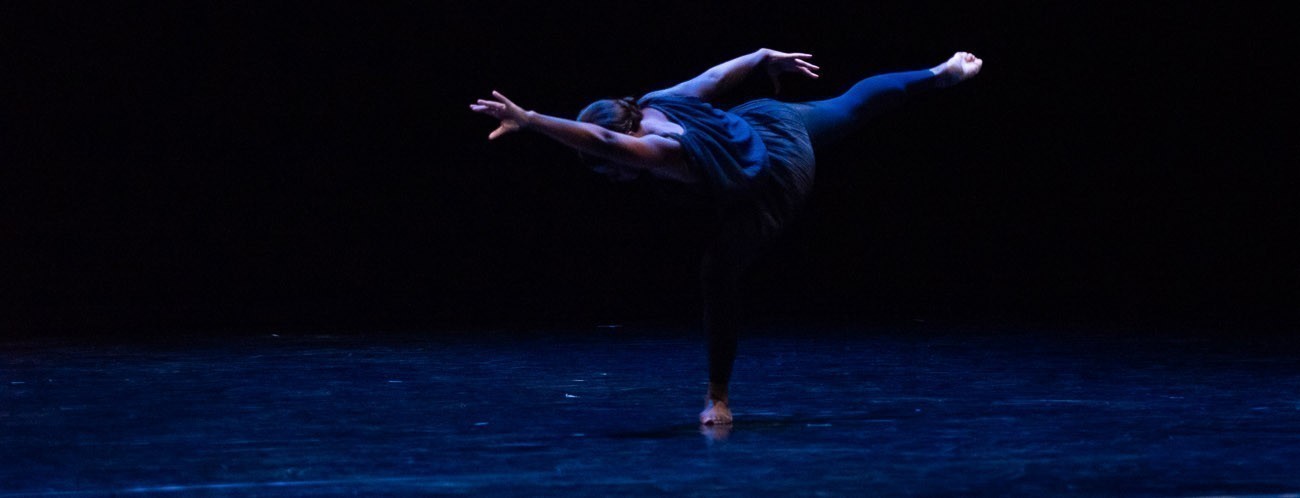
RDT Artistic/Executive Director, Linda C. Smith’s Memories of working with Lar Lubovitch and the piece Session he set on RDT in 1975:
 RDT first met Lar Lubovitch in 1975 when he was invited to create a new work for the company called Session. Lar had established his company in New York City in 1968, but until 1975 had only choreographed for his own company. RDT was honored that Lar accepted an invitation to create a new work for us.
RDT first met Lar Lubovitch in 1975 when he was invited to create a new work for the company called Session. Lar had established his company in New York City in 1968, but until 1975 had only choreographed for his own company. RDT was honored that Lar accepted an invitation to create a new work for us.
Working with this exciting, young choreographer was unforgettable, and I remember the experience fondly. Lar taught wonderful technique classes and it was a pleasure to perform Lar’s lush movement and experience a new approach to choreography. It was the 1970’s and choreographers were trying to demystify dance and breakdown barriers with the audience. POP artists had incorporated everyday objects into their art and Post-Modern choreographers were embracing everyday movement and creating tasks or game-like activities for dancers to perform. They incorporated dance puzzles and formulas into their dance vocabulary.
Session was a work that gave the audience a backstage view of company life. The piece was performed in rehearsal clothes, leotards and tights, leg warmers and sweatshirts. A ballet barre was on stage to give the sense of a rehearsal in a studio. The piece began with dancers casually entering a studio and beginning the process of warming-up and casually marking through a movement sequence as if trying to remember the pattern. Session was performed without music. Lar had the dancers vocalize while performing the work. We counted our loud and interpreted the rhythm in sing-song phrases. It was very unique. Lar’s movement language used a lot of breath initiation and flow but had a very contemporary look. The partnering was also fresh and unusual. The piece ended with dancers gathering their bags and exiting the studio. One dancer remained…a bit exhausted from the rehearsal.
 It was thrilling to work with Lar again in 2019 to celebrate his 50th Anniversary. RDT is now performing Something About Night, Marimba, and North Star. Lar’s radiant, highly technical choreography and deeply humanistic voice have been acclaimed worldwide. We congratulate his artistic achievements and are honored to be part of his dance legacy.
It was thrilling to work with Lar again in 2019 to celebrate his 50th Anniversary. RDT is now performing Something About Night, Marimba, and North Star. Lar’s radiant, highly technical choreography and deeply humanistic voice have been acclaimed worldwide. We congratulate his artistic achievements and are honored to be part of his dance legacy.

